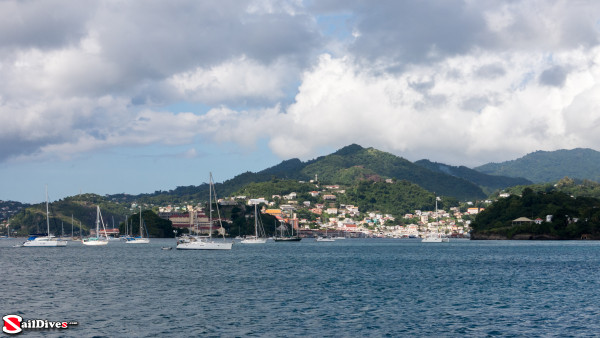Locations
SCROLL DOWN for lists then click "Reserve a Cabin" to check availability and pricing.
Every SailDivesTM itinerary combines the best of Sailing with 10 relaxed Scuba Dives at remote dive sites in the Caribbean with a 2 person "Dive Crew" also included in the price.
There are "no time limits" on your dive and you can "dive your computer" until air or bottom times limits are reached.
The dive crew will help you with your gear, getting in and out of the water, leading the dive, and will help you with photography, marine life identification and skills.
SailDives - Grenada
Departing from Canouan island in St. Vincent and the Grenadines - Boarding at 5 PM Saturdays. (Prices include 15% VAT) Click Reserve a Cabin to check availability.
 | Overview Yachts Itinerary |




